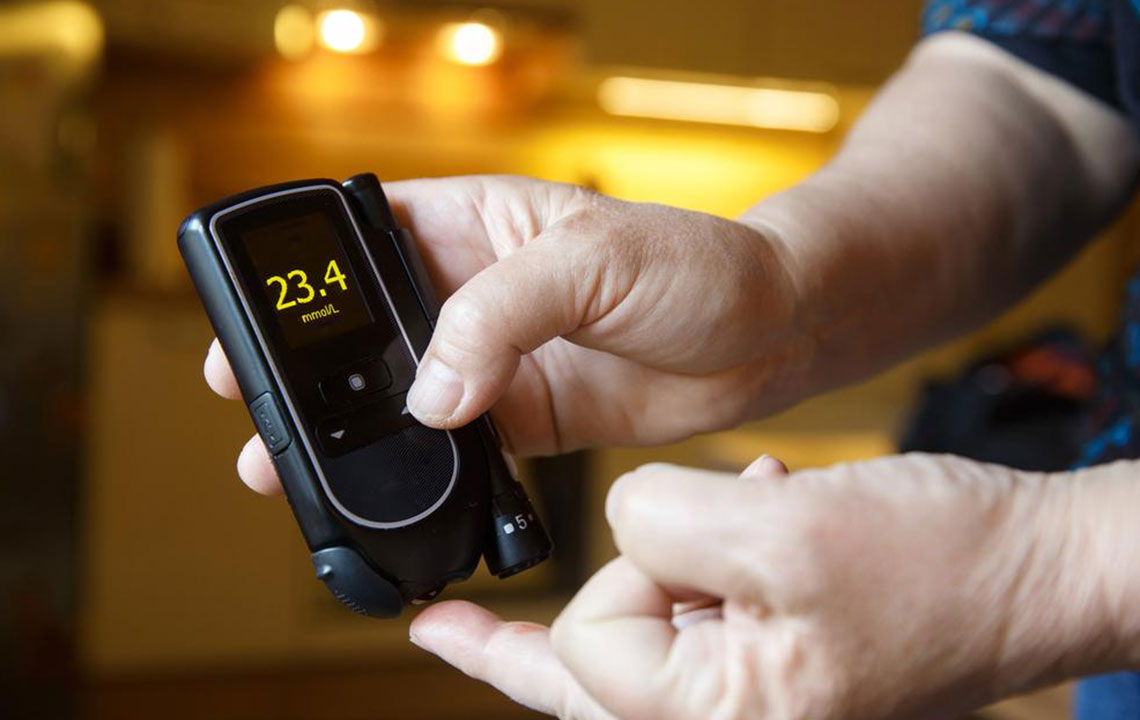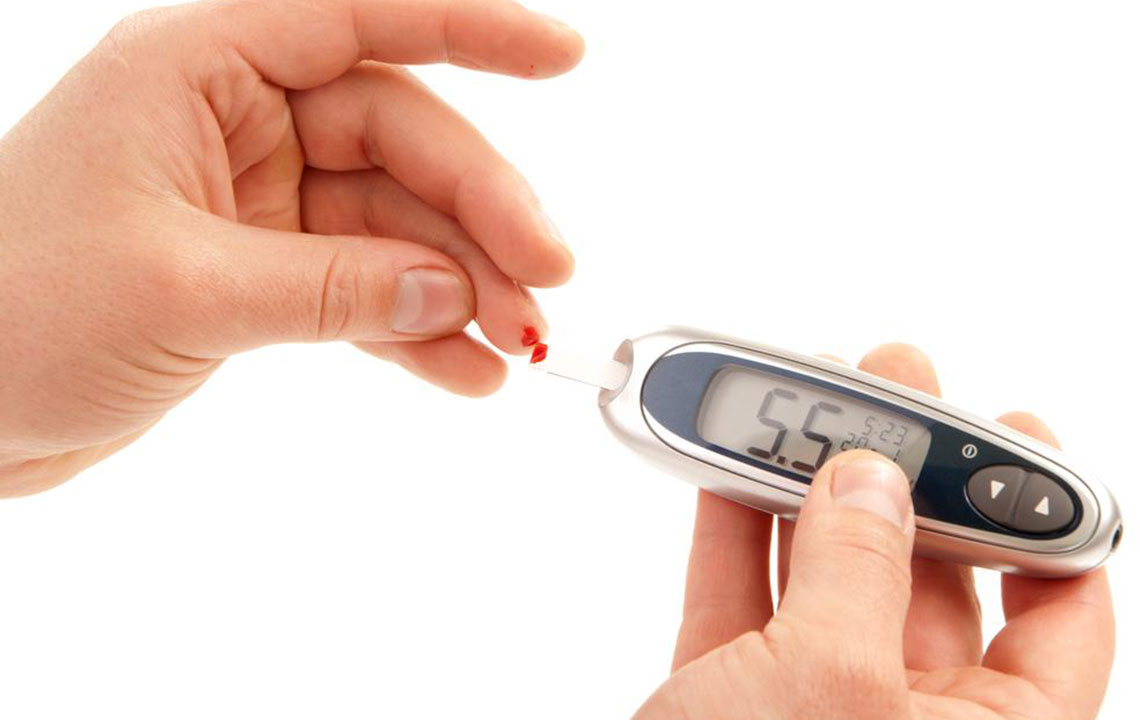Comprehensive Guide to Managing Type 2 Diabetes: Causes, Symptoms, and Dietary Strategies
Explore an in-depth guide on type 2 diabetes, covering causes, symptoms, and effective dietary strategies to manage and prevent complications. Learn how lifestyle changes and medical guidance can help you stay healthy and control blood sugar levels successfully.

Comprehensive Guide to Managing Type 2 Diabetes: Causes, Symptoms, and Dietary Strategies
Type 2 diabetes mellitus is a complex, long-term health condition that significantly impacts how the body regulates blood sugar or glucose. Unlike type 1 diabetes, which is primarily caused by autoimmune destruction of insulin-producing cells, type 2 diabetes involves insulin resistance and relative insulin deficiency. As one of the most prevalent chronic diseases worldwide, managing this condition effectively is crucial to prevent serious complications such as cardiovascular disease, nerve damage, kidney failure, and vision problems. According to recent statistics, approximately 27 million individuals in the United States, and millions more globally, are affected by type 2 diabetes. Early diagnosis, lifestyle changes, and proper management are keys to maintaining quality of life and preventing disease progression.
Understanding the underlying causes of type 2 diabetes can help in developing effective prevention and management strategies. Key factors include obesity, genetic predisposition, sedentary lifestyle, poor dietary habits, and metabolic syndromes. Excess body weight, particularly fat accumulation around the abdomen, increases the likelihood of insulin resistance. Genetic factors also play a vital role, as family history can significantly elevate risk levels. Additionally, prolonged inactivity hampers the body's ability to utilize insulin efficiently. Malfunctioning of pancreatic beta cells—which produce insulin—or liver conditions affecting glucose metabolism can further exacerbate the condition.
Awareness of the common symptoms facilitates earlier diagnosis and intervention. Recognizing persistent thirst, frequent urination, blurred vision, fatigue, slow wound healing, and irritable mood can serve as warning signs. Sometimes, individuals may experience no symptoms initially, making routine screenings vital, especially for those at higher risk due to obesity or familial history. Regular blood tests measuring fasting glucose levels or HbA1c provide an accurate assessment of blood sugar control and can detect prediabetes before full-blown diabetes develops.
Dietary management plays a paramount role in controlling type 2 diabetes. The cornerstone of treatment involves adopting a balanced, nutrient-rich diet that stabilizes blood glucose levels. This includes prioritizing high-fiber foods, healthy fats, and lean protein sources while reducing intake of refined carbohydrates and processed foods. A diet emphasizing non-starchy vegetables such as leafy greens, onions, cucumbers, radishes, sprouts, and bamboo shoots can significantly improve glycemic control. Patients are encouraged to consume 3-5 servings of vegetables daily, incorporating both raw and cooked options for variety and nutritional benefits.
Fruits can be included in moderation, with options like berries, apples, pears, peaches, bananas, oranges, grapes, and melons offering essential vitamins and antioxidants. However, processed fruit juices and dried fruits should generally be avoided due to their high sugar content. Dairy products should be selected carefully—low-fat or fat-free options like skimmed milk, plain yogurt, and reduced-fat cheese are preferable. Excessive consumption of high-fat or sweetened dairy items should be avoided to maintain optimal blood sugar levels.
Protein intake is equally important for diabetic management. Lean sources such as nuts, tofu, skinless poultry, fatty fish like salmon, mackerel, and sardines, as well as eggs, provide essential nutrients and help in weight management. Processed meats, red meats, bacon, and high-fat cheese should be limited because of their saturated fat content, which can worsen insulin resistance. Incorporating whole grains—such as brown rice, whole wheat bread, oatmeal, and popcorn—can aid in controlling blood sugar levels. Conversely, refined grains like white bread, white rice, and baked goods made with white flour should be minimized to prevent spikes in blood glucose.
Beyond diet, physical activity is crucial. Regular exercise enhances insulin sensitivity, helps in weight loss, and improves overall cardiovascular health. Combining aerobic activities like walking, cycling, and swimming with strength training can yield maximum benefits. It is recommended to aim for at least 150 minutes of moderate aerobic activity per week, along with muscle-strengthening exercises twice weekly.
Medication may be necessary for some individuals to adequately manage blood sugar levels. Common pharmacologic interventions include metformin and other insulin-sensitizers, which help improve insulin utilization. Regular monitoring of blood glucose levels, maintaining a healthy weight, and continuous communication with healthcare professionals are essential components of a successful management plan.
In summary, living with type 2 diabetes involves a comprehensive, multi-pronged approach centered around balanced nutrition, physical activity, and medical management. Education about the disease, early detection of symptoms, and lifestyle modifications can profoundly impact the course of the condition, reduce complication risks, and enhance quality of life. With progressive health strategies and ongoing support, individuals with type 2 diabetes can achieve optimal health and well-being despite the challenges of their condition.





